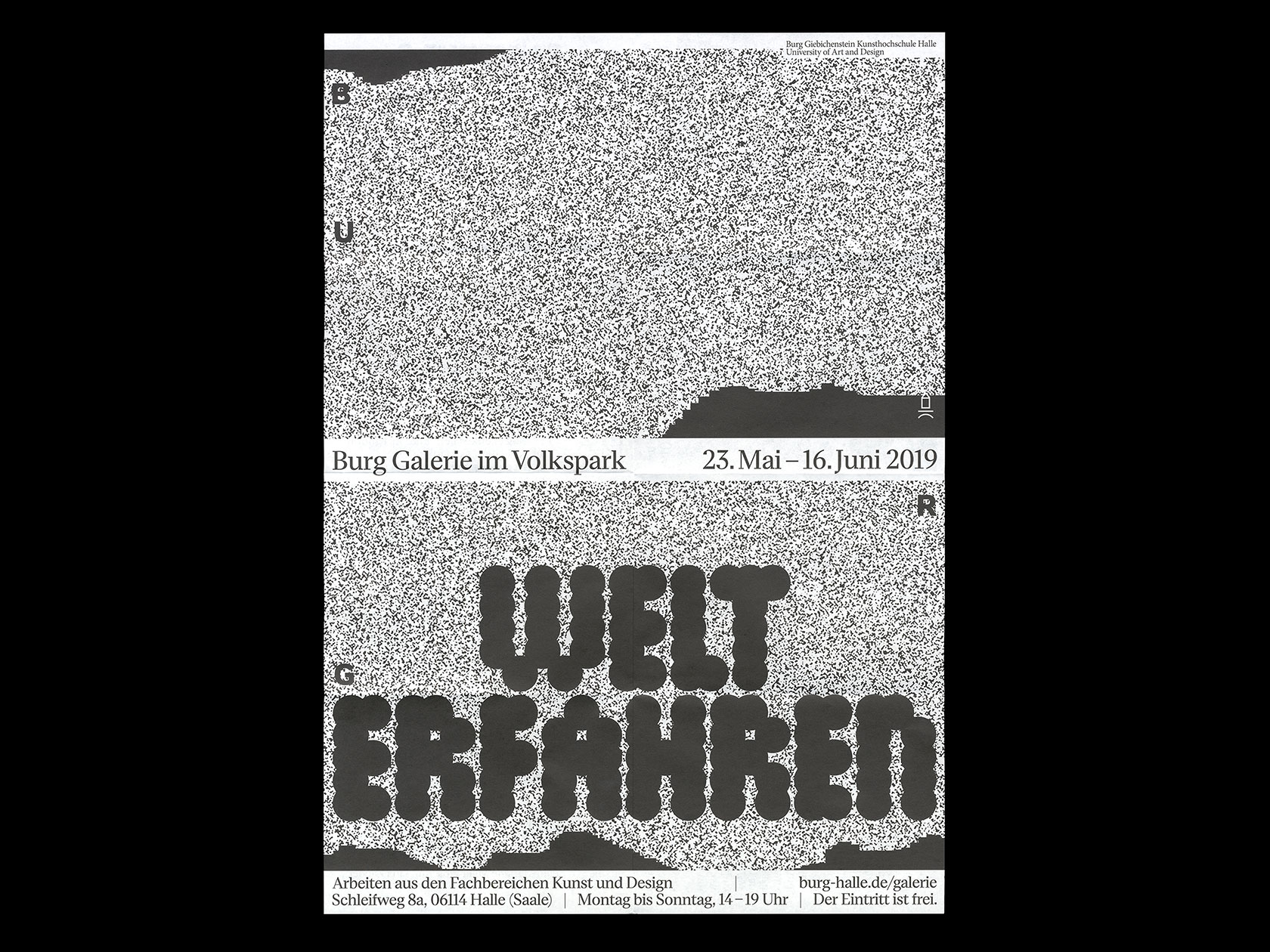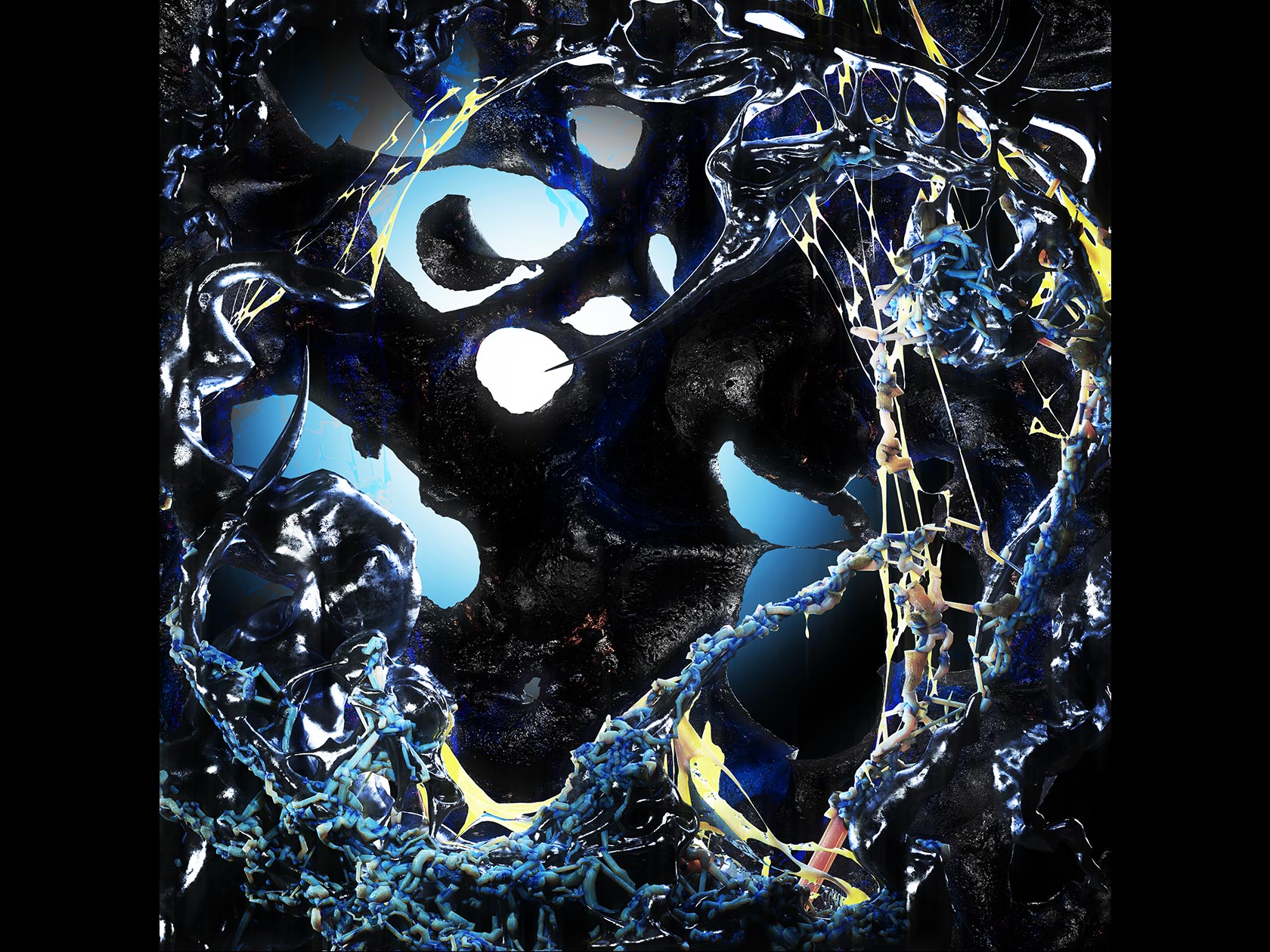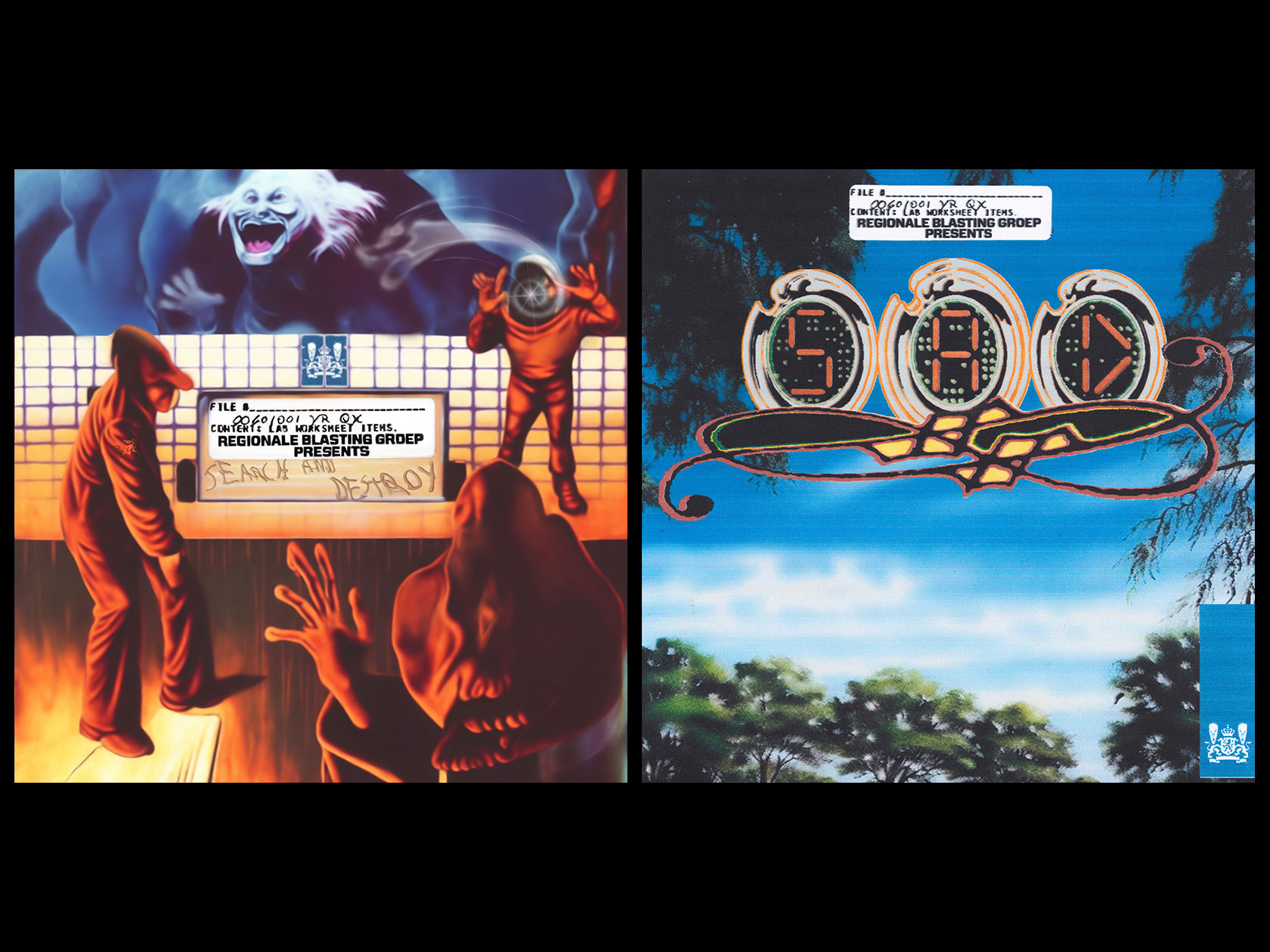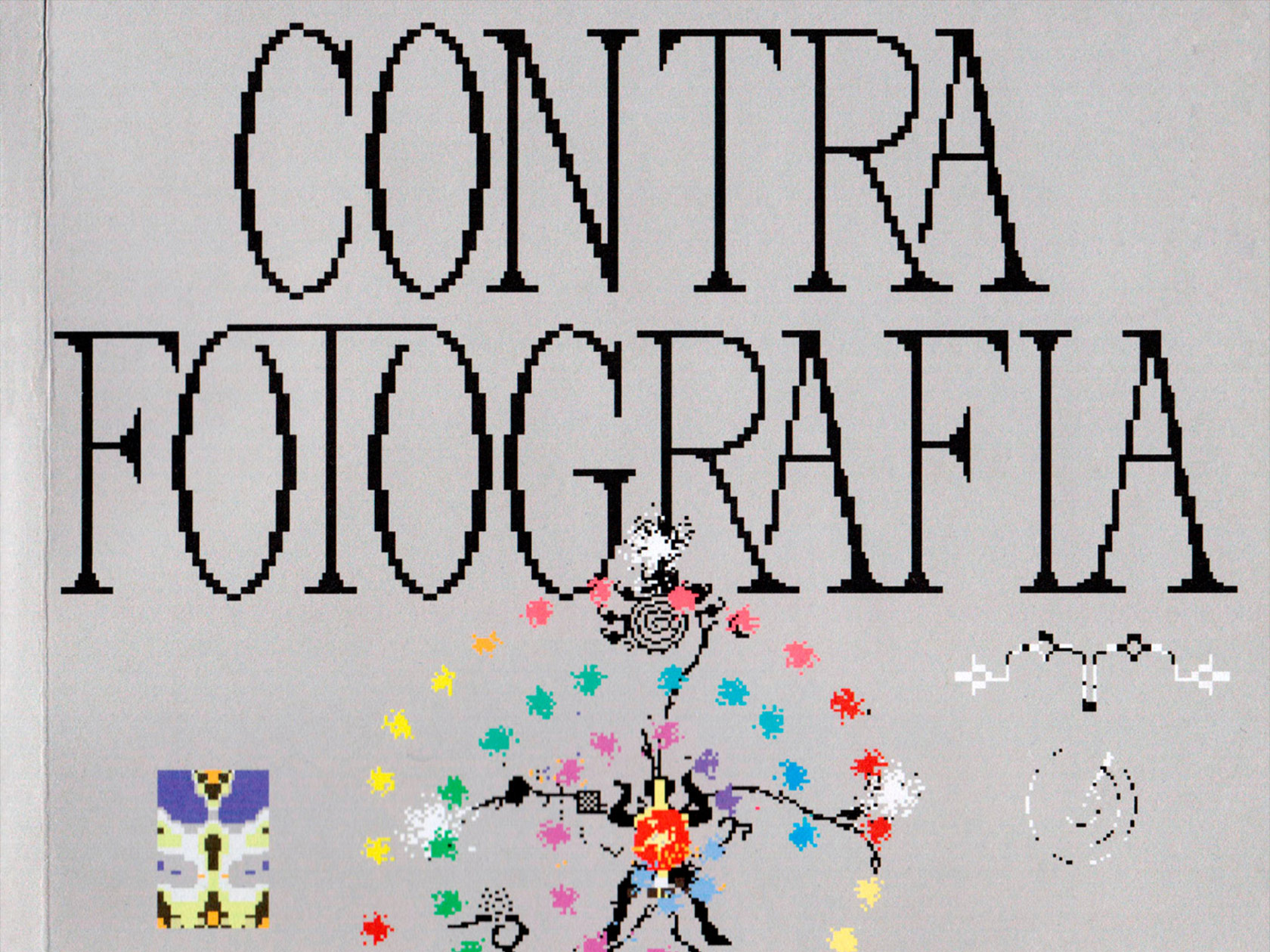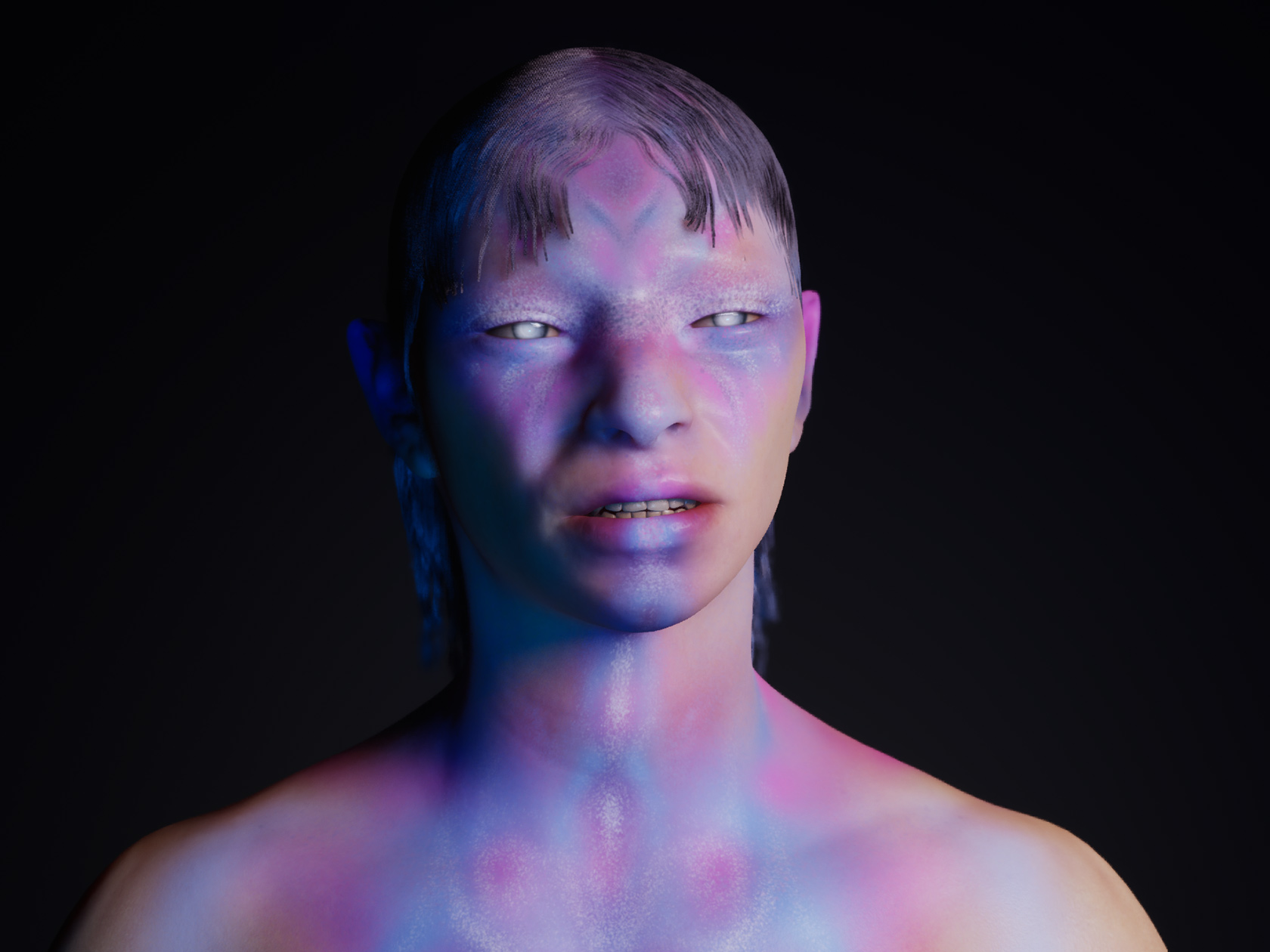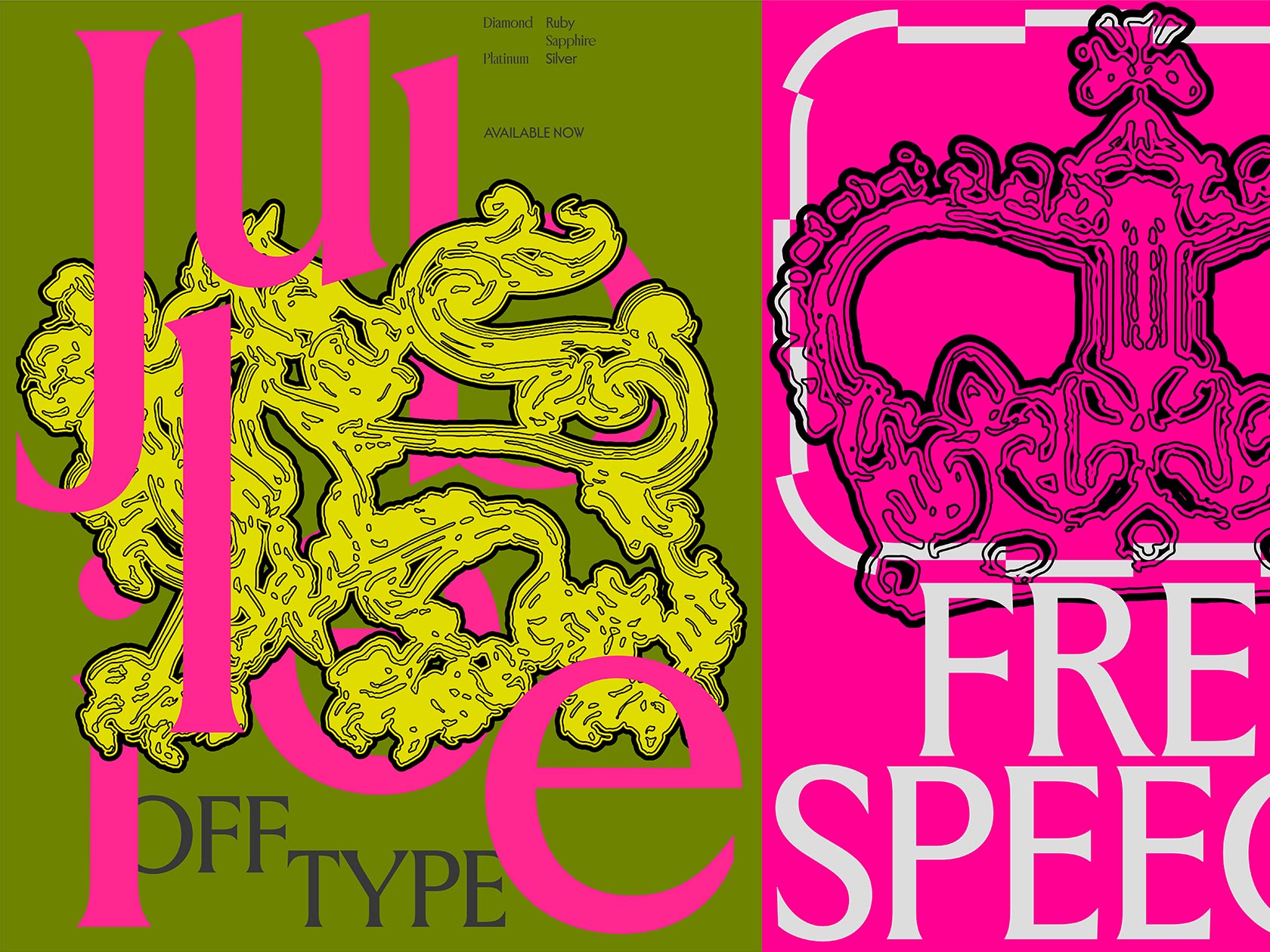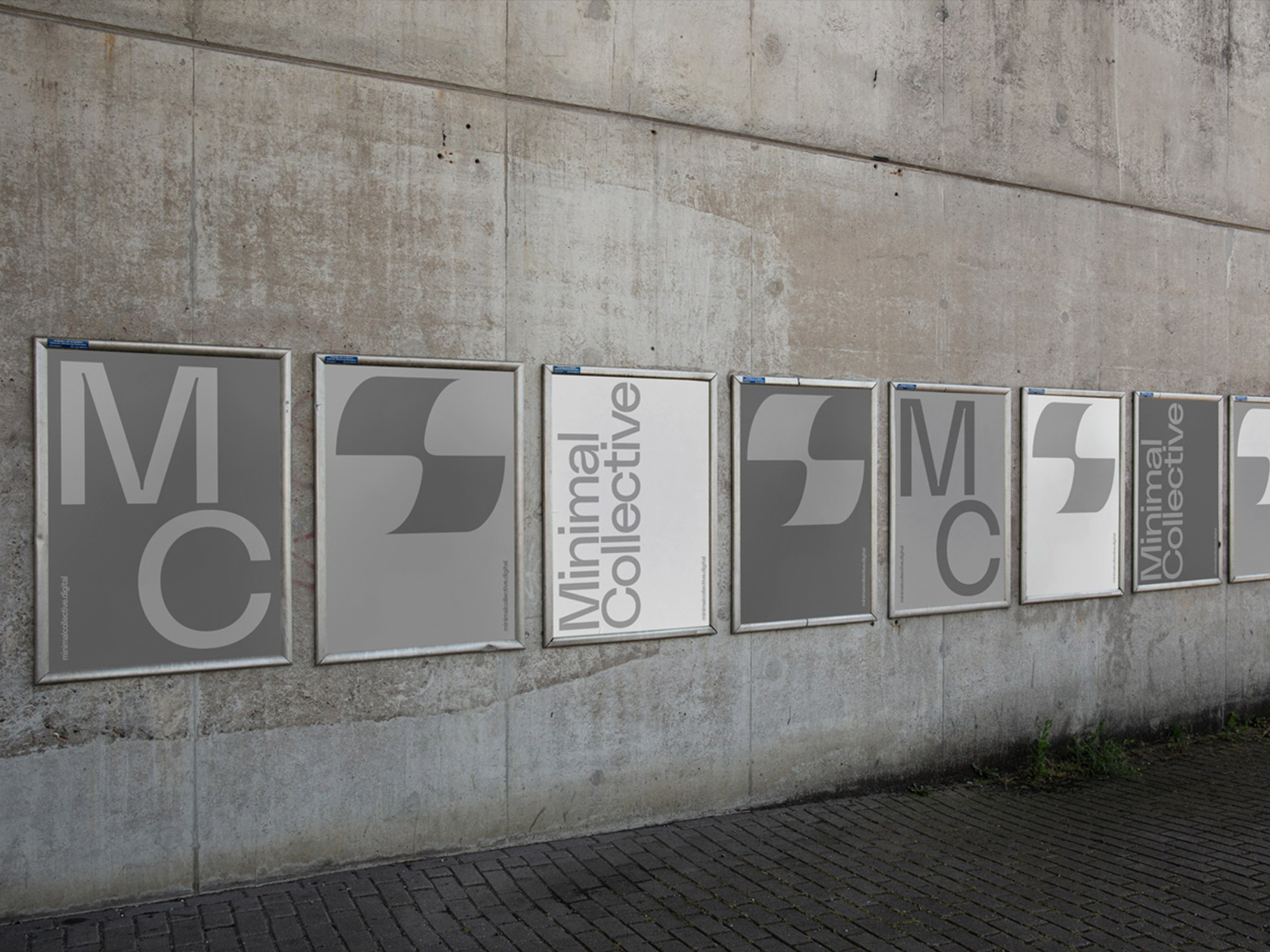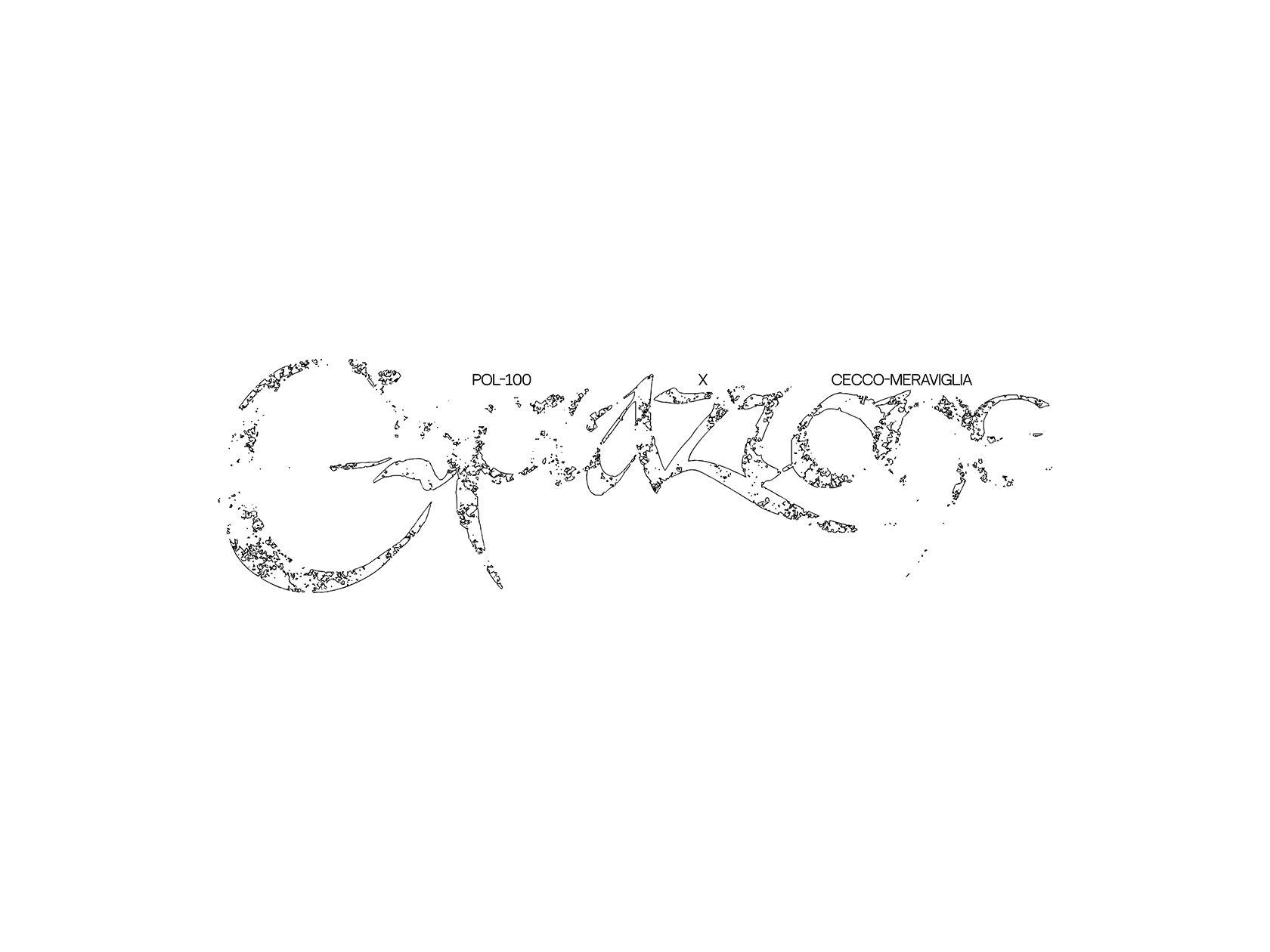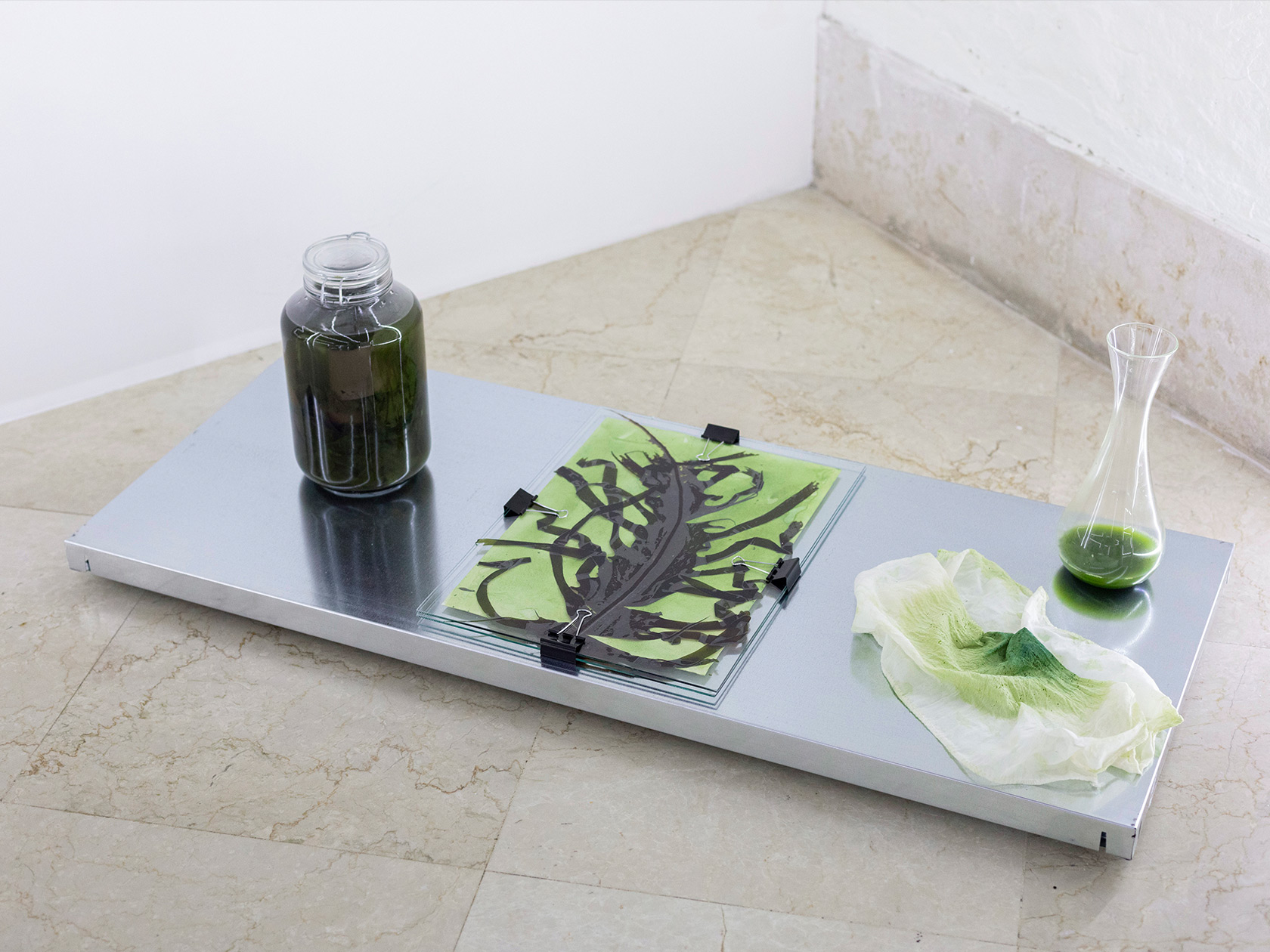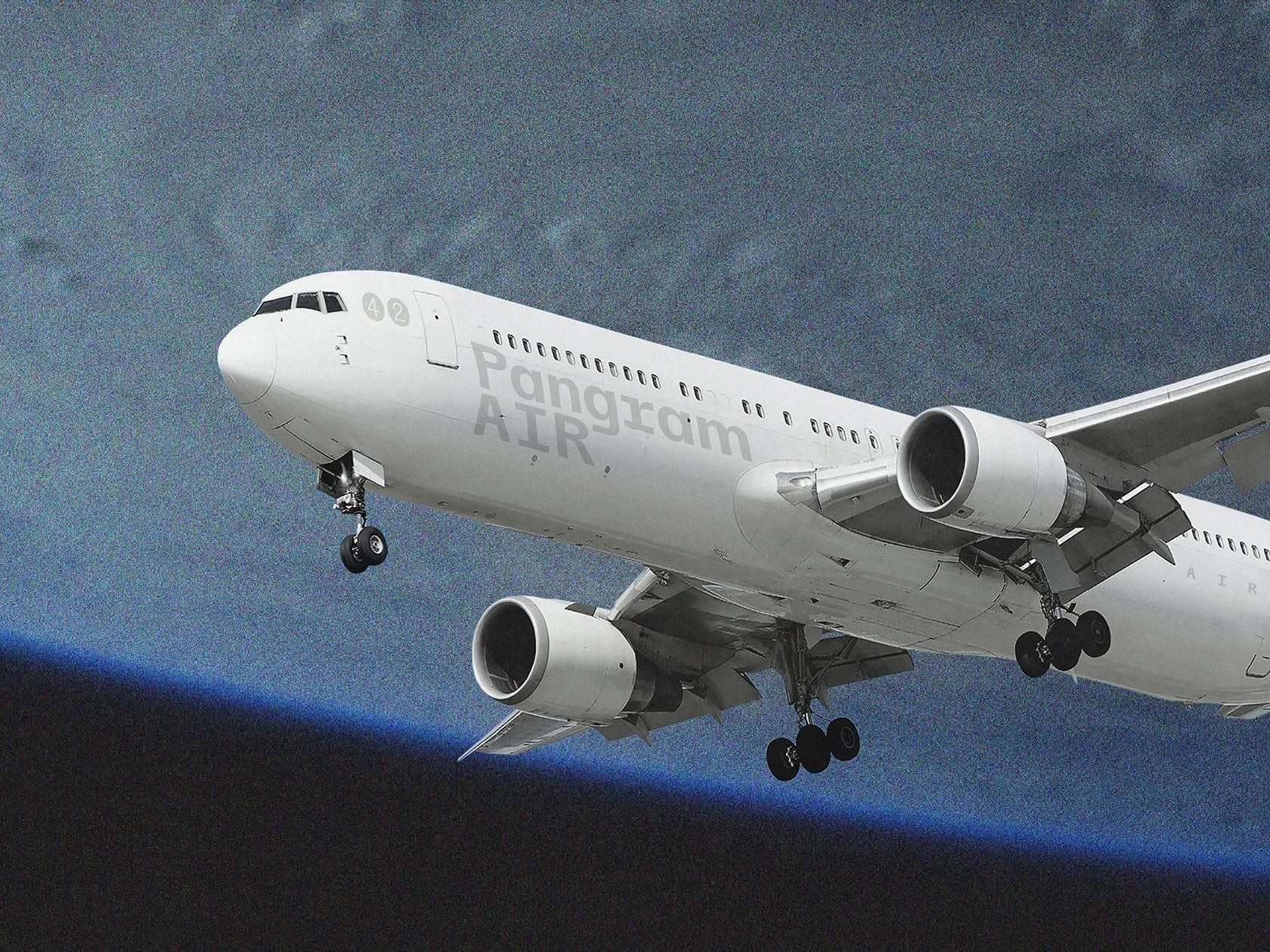The duo Miriam Humm from Berlin and Marcus Wachter from Leipzig started their longstanding collaborative work relationship six years ago, when they first met at Halle, Germany, whilst studying at BURG and sharing a narrow circle of friends. While first working together on smaller projects in basic courses, they soon started bigger collaborations, like organizing workshops and exhibitions together. After their Erasmus time in Ghent, Belgium, and Arnhem, Netherlands, and internships in Berlin and Leipzig, they found themselves back at university – accidentally applying for the same job offer. Instead of seeing each other as competition, they decided to work together instead and landed their first job. After their graduation, they now continue to work on their own, but also collaboratively. Interested in their collaborative working process, their story behind their projects and their creative drive in general, we asked them a few questions that they happily answered and interviewed them about their work on the “Burg Galerie im Volkspark” in Halle.
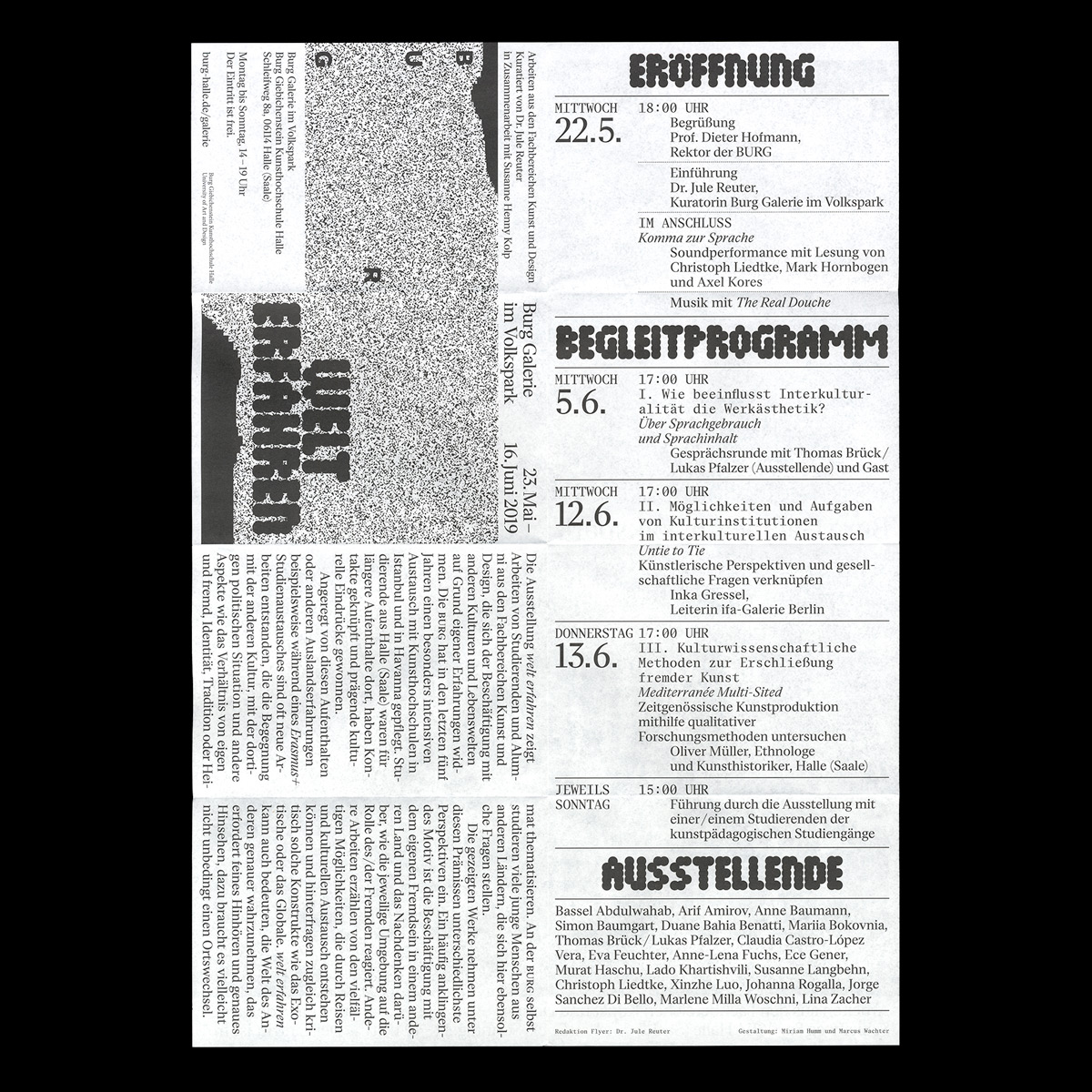
Could you tell us more about your design style?
Miriam+Marcus “Obviously we share a weak spot for type. Of course, this may be due to the fact that we went through the same artistic education which surely shaped our practice. Still, as there are some recurring elements, style is a very fluid thing and we both are different people. We try to lay emphasis on typefaces and type designers we know or admire and want to support/work with, like Pawel Wolowitsch (a fellow BURG graduate and very good friend), while always trying to find interesting letterforms or exciting font pairings.
Nevertheless, all our projects share a conceptual approach, which is essential to the process and drives the whole development. It might not be visible in the end result, but this is what builds the basis of any design approach for us and is the main element in our communication.”
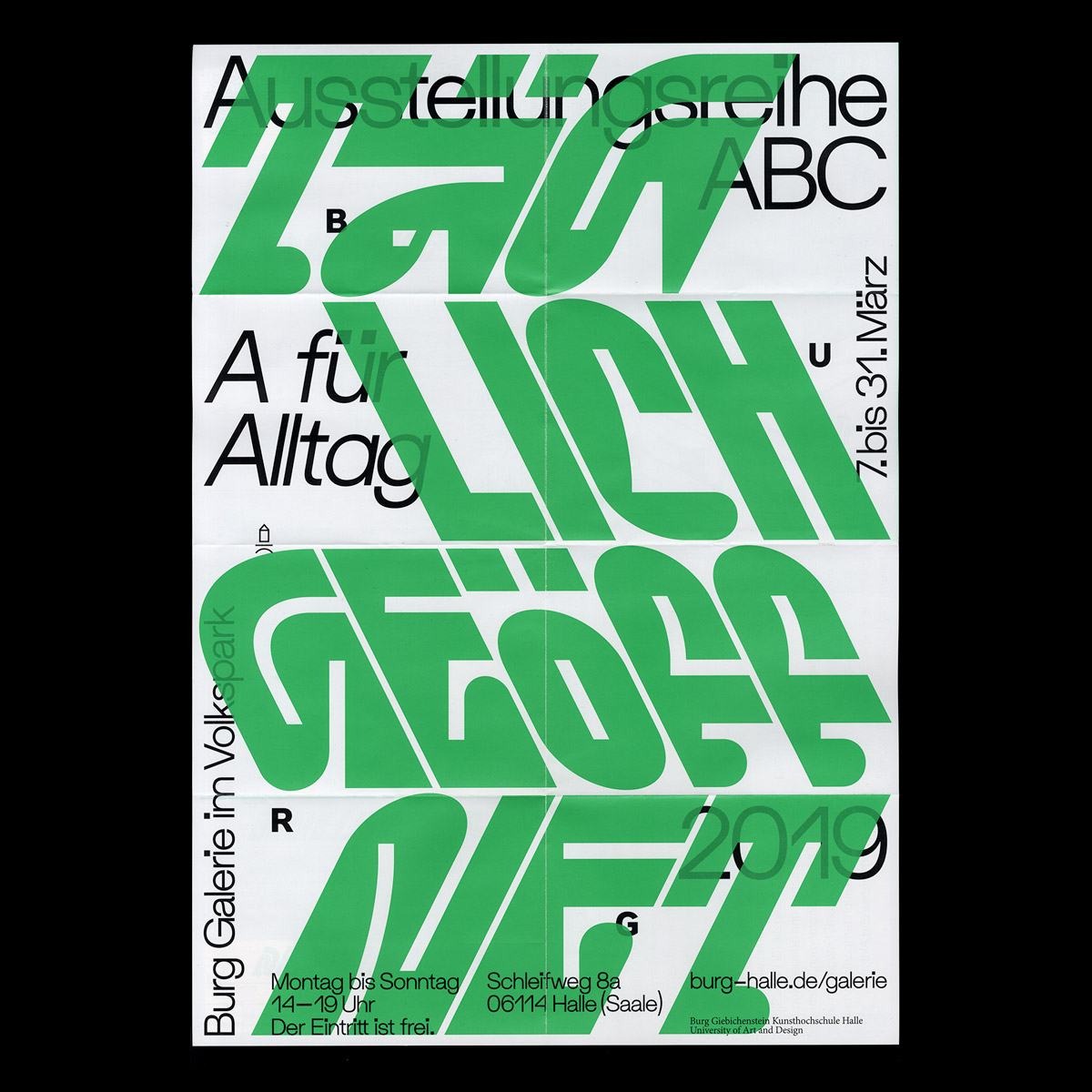
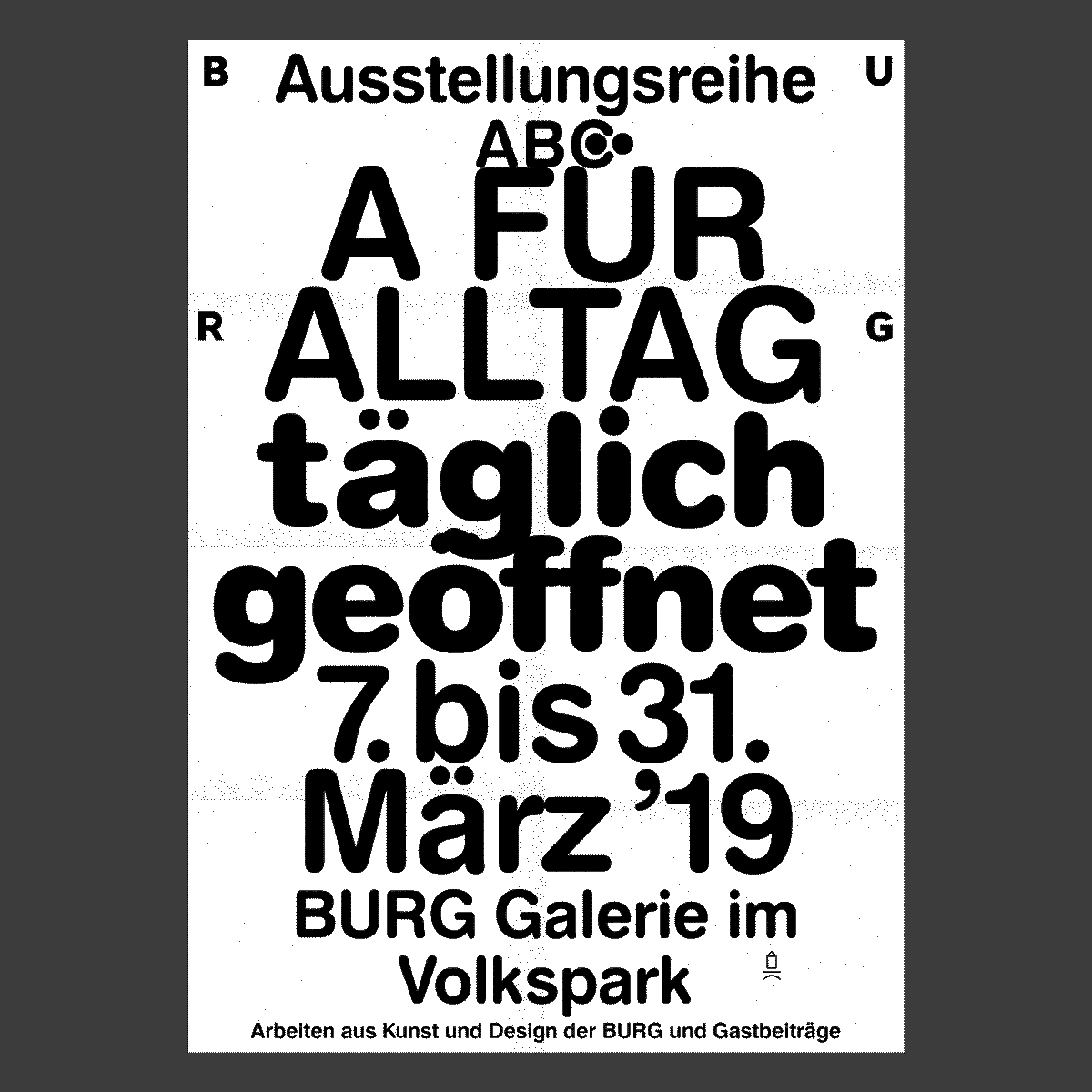
Has your environment, like the place you live and work in, any effect on your creativity?
Miriam “I think we both aren’t very connected with a definite place. It is the mere qualities of a space that make it valuable, livable and inspiring ideally. To me that is e. g. a certain liveliness, cultural diversity and the willingness to develop and change. The people really make or break it and being surrounded by a good environment/having a good base is definitely important.”
Marcus “This is quite a difficult one to answer, because I was always quite skeptical about connecting with a place or city – if so through creative output, then this probably even manifested in breaking with these places.One thing I had to learn though is, that some environments could really turn into toxic spaces. Therefore I think it’s highly important to try to contribute to building safe, equal and considerate environments – may it be spatial or shaped by communication and relations. I think as well, as Miriam said, being surrounded by or connected to people you like helps a lot and therefore directly influences the creative output, too.”
What was the thinking involved behind the design for the “Burg Galerie im Volkspark”?
Miriam+Marcus “At first when we started working with Burg Galerie im Volkspark, we wanted the different exhibition visuals to stay very flexible. It made sense, because not all of them would be made by us and it gives us a lot of freedom to start off rather fresh every time anew and approach each title and theme individually. With »täglich geöffnet« (open daily) being the first of a series spreading over three years, we developed it with the following concepts in mind: The subtitle »A für Alltag« (everyday life, daily routine) was the underlying theme for the exhibition. With associations reaching from boredom, the extremes of repetition, the forces (of life) one sometimes is exposed to, celestial body orbits, the law of energy conservation and with that bouncing balls, to the ever withstanding nature of the tumbler toy. This swaying movement to and fro, as well as concepts of multiple facets or layers is what inspired the final, slanted draft.”
“»welt erfahren« (experiencing the world) was the second exhibition we did the graphics for. It showcases different perspectives from international students or some who went abroad. Approaching this highly sensitive topic, while also trying to avoid any reproduction of privileged touristic standpoints or glorification of alleged exoticism, we decided to go for a deconstruction of the words and therefore the highly individual act of observing and the perception aspect of it. Learning about and perceiving the world through sensory experience. The panorama, as a 360 degree environment, translated that very well. So we got interested in the edges of perception, like the verge of the field of vision (of an iPhone camera in panorama mode), which are visible as black (meaning without image information data), unknown areas in the poster. They could be read as landscapes on their own, framing image noise, wich represents all we perceive, but which is, in every way, exchangeable.”
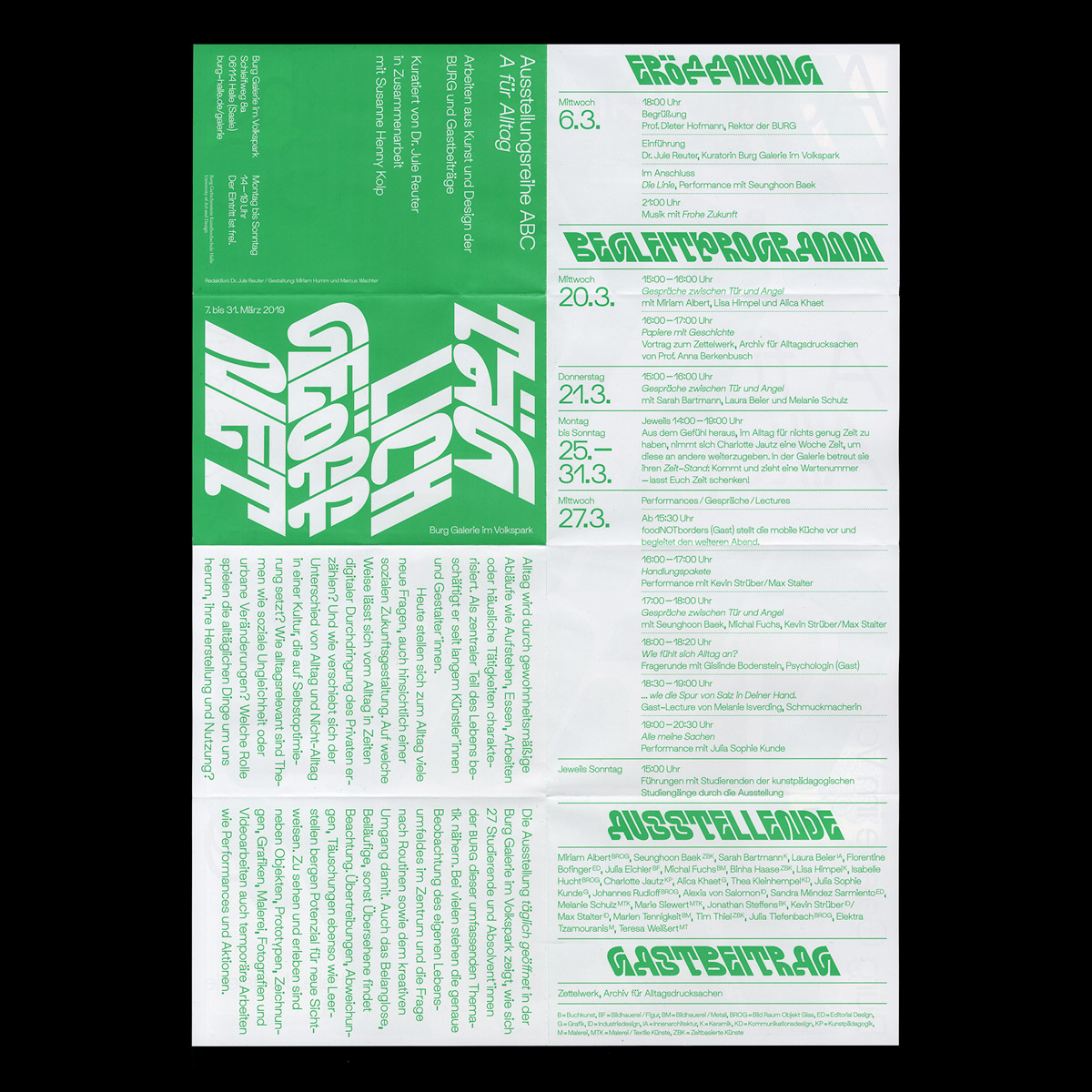
Moment of Truth: Peace, Love and Harmony? Or did some arguments or conflicts occur while working together?
Miriam+Marcus “We both try our best to be very fair people and we respect each other. Of course we have different opinions, but like in every other relationship talking, talking and talking helps us to find a good solution. It takes time, and you have to be ready to question every bit of the work, which can be demanding at times, but in the end makes a well thought-out end result. Being able to set back your ego and look at what’s there and value that is a good trait.”
Can you tell us more about your working process?
Miriam+Marcus “We are working from different cities, so good communication is key. The process heavily relies on technologies like video calls, screen capture, shared documents, folders and calendars. This demands good organization, and sometimes even feels like working together in a physical studio environment. There can be some friction but most of the time it works fine for us, which certainly is also due to knowing each other well. Time management and keeping a good balance can be challenging but is part of the job as well, just as communicating clear and as a unit with each other and partners/clients. Trust is a big factor, you need to be able to rely on each others work and judgement. It’s definitely a mix of doing your own thing but then regrouping, giving developed input, evaluating and remixing together. We have found these sessions of concentrated working together as the most fruitful, especially in the first phases of a project. And in the end, this is a big learning process, where there’s no rights and wrongs and we just started to figure out ways of working and constantly reevaluating for us.”
Was the aim of the collaboration completely clear for both of you from the beginning?
Miriam+Marcus “No, it never really was planned out and we just went along with what we had and felt good about. It still is a work in progress (or rather even just a start) as both of us are in a very open phase of life, but it feels good to have this possibility and we already learned so much from this connection.”
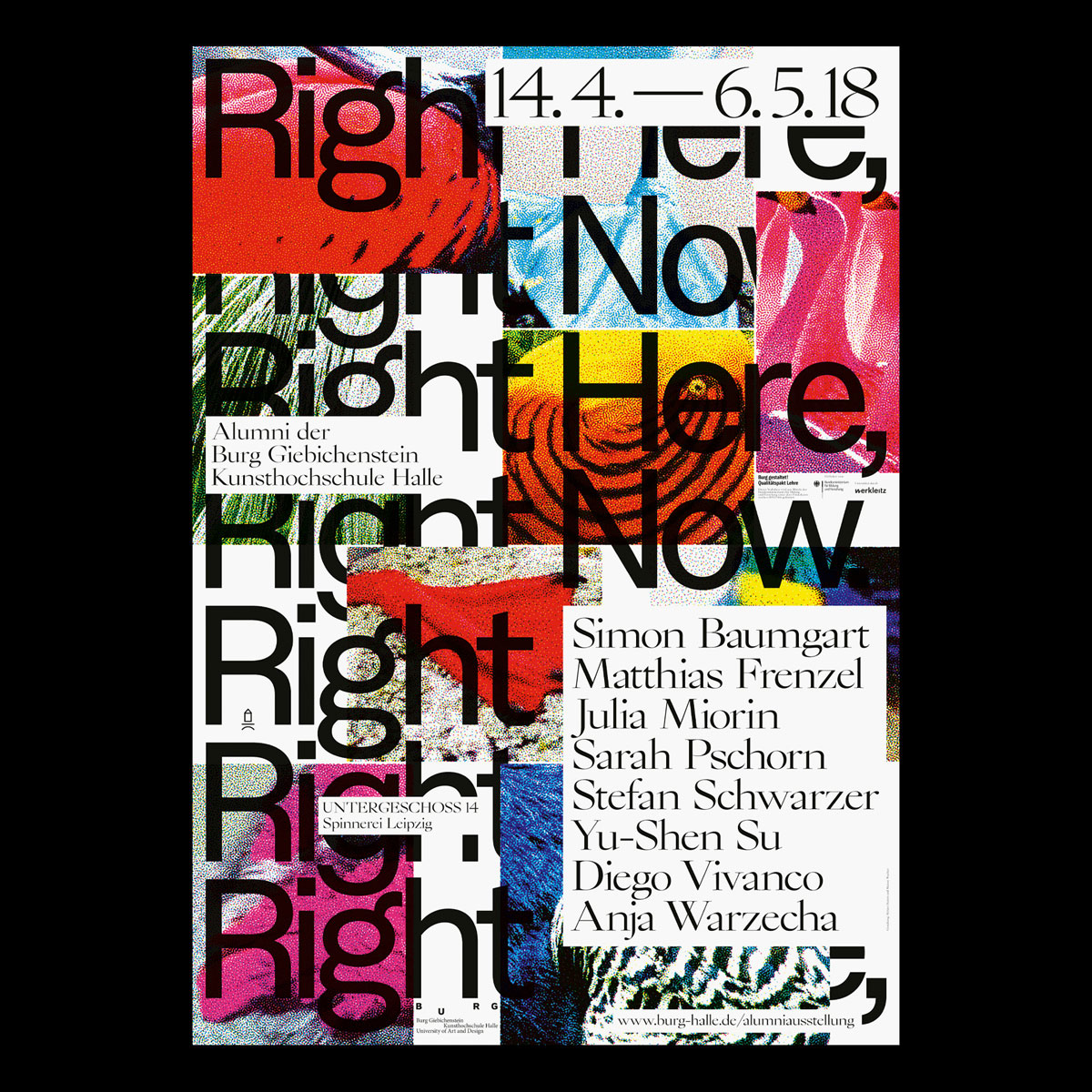
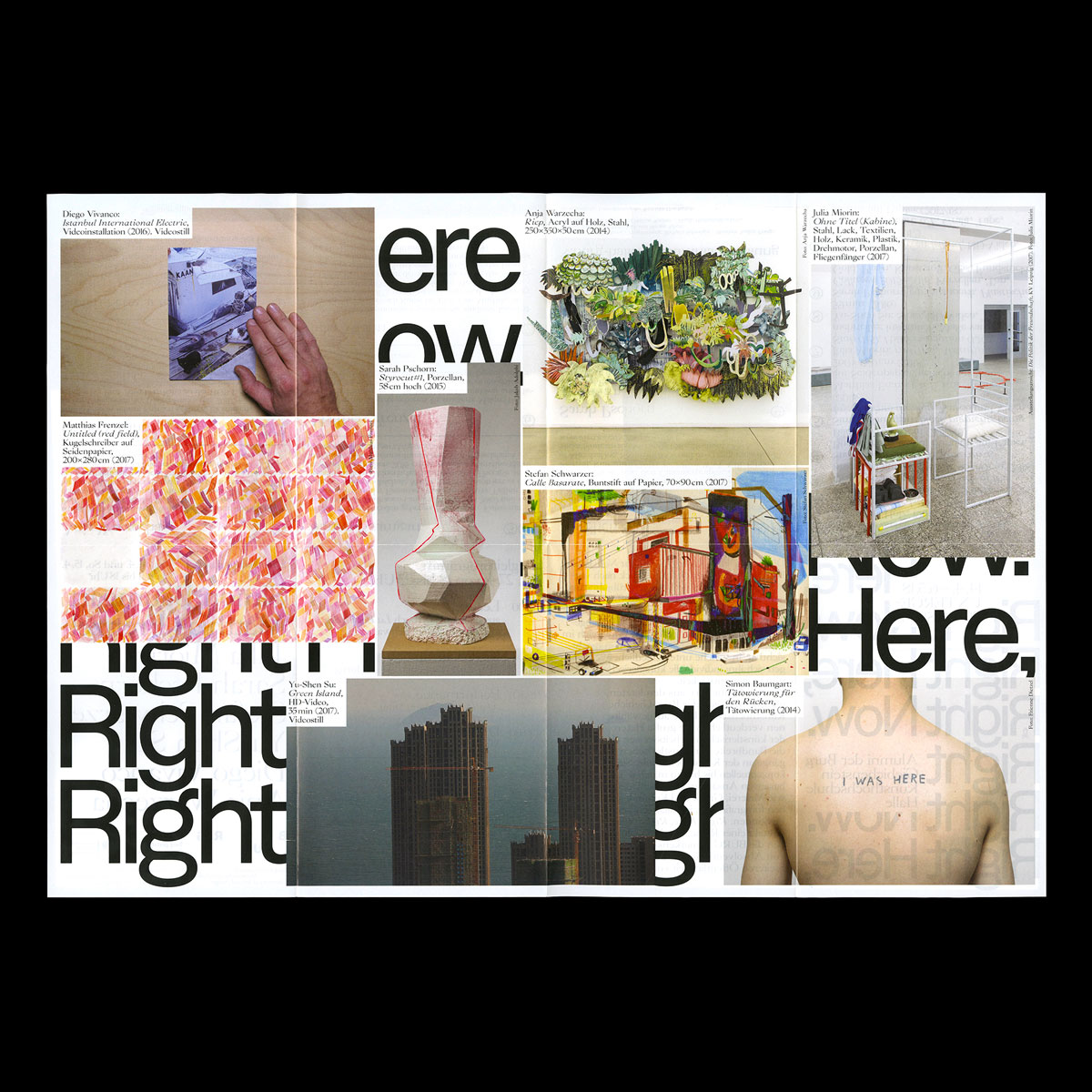
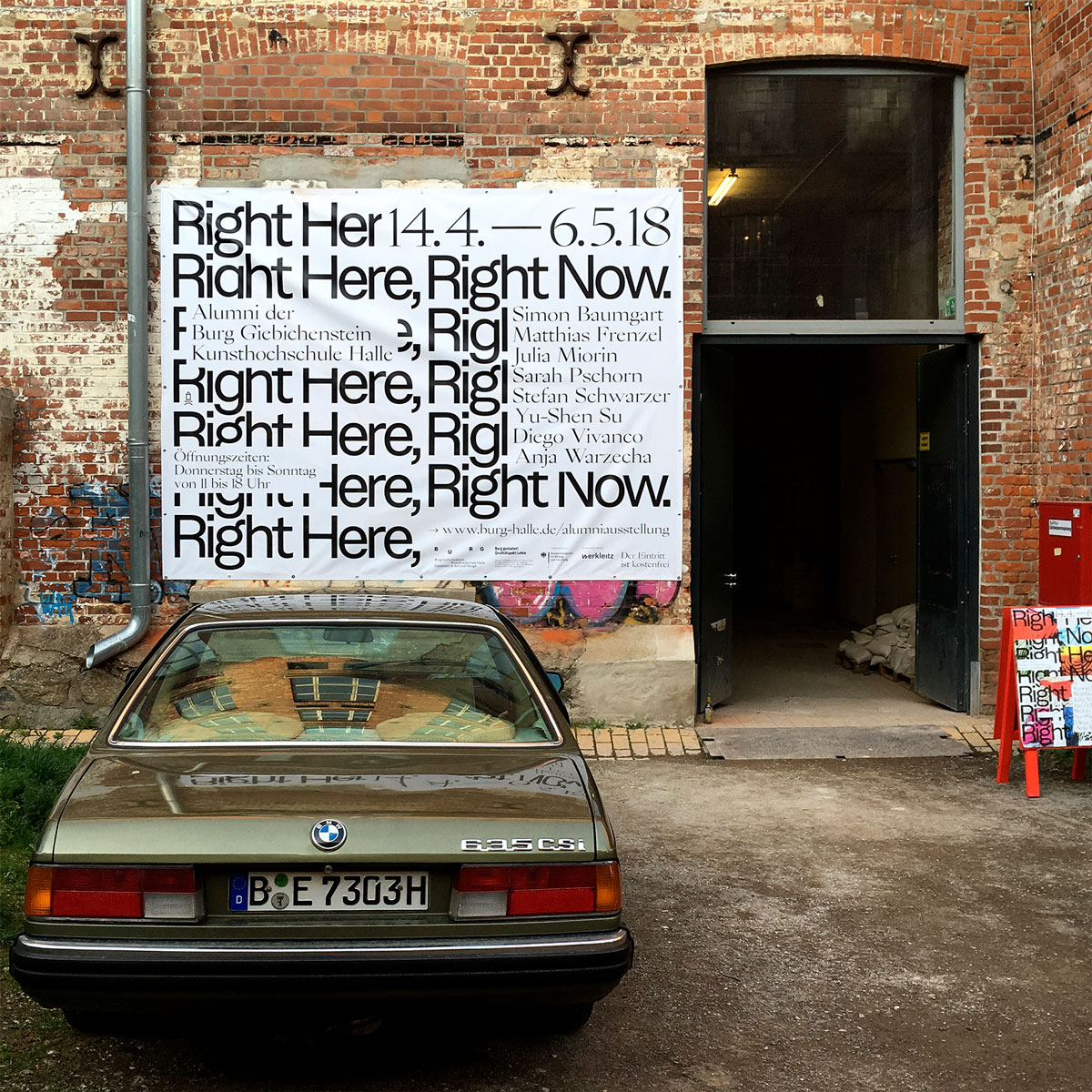
Do you think we all should work together more often ?
Miriam+Marcus “It really depends on the setup of a project, if it is worthwhile to a collaborative process – but ultimately working together can be a big advantage. As for us, two individuals, still trying to figure out ways and methods in which we’d like to work, it’s definitely easier to be in this process together and to be very flexible, with the capacities to try out different approaches. It is extremely helpful to be able to talk it out, share and enjoy the sometimes empowering, sometimes relieving parts of working together.”
Where’s the beginning or ending of every collaboration for you?
Marcus “This, too, depends on context and framework and is a very fluid state or process as well. Personally, I experienced that talking to each other about our thoughts and plans quite early in a design/work process helped a lot, even though that might be demanding at times. Since we’re already used to be involved (sometimes more, sometimes less, sometimes not at all) into each others projects somehow through listening and giving feedback, the step towards collaboratively working on something isn’t a big one. Still, there’s this thing happening, that something stops being “my work“ and starts becoming “our work“, because in the end, you have to make decisions together.
Miriam “I think every studio practice can, in a way, be a collaboration. Or even a tight knit network of people, each giving something to the others’ work, ideas, feedback or just showing what they do and like – influencing each other. In the classical sense a good collaboration needs to be on the same eye level, but it can also mean helping out a friend and managing to do more, together. But this is just in context of work and design, collaboration as a sociological use goes far beyond that.”

Any current collaborations in mind that you find inspiring?
Marcus “While I totally understand and partly really enjoy the idea of a collective performing as a unit (e. g. playing in a band or being active in a political group, but also working in such a studio environment), it’s the collective process that’s interesting to me at the moment. Without valuing one over the other, I wonder if there’s ways of living and working together, based on thoughtfulness, communication and fluid relations, instead of those traditional dynamics.”
Miriam “Like Marcus, I think there are many collaborative efforts besides the design world that are very inspiring. Especially in social and art contexts. The energy and productivity of people concentrating their strengths towards a common goal really shapes our world.”
Miriam Humm
@miam_iam
Marcus Wachter
@marcus_wachter

